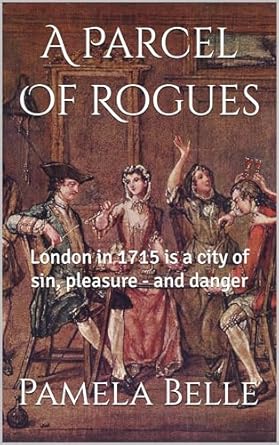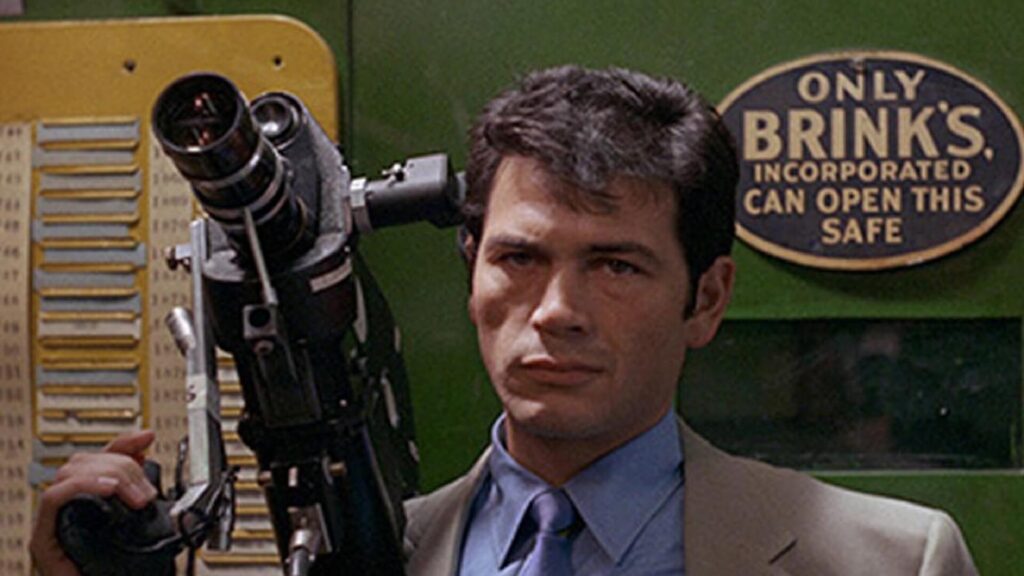A Grave for a Thief (A Company of Rogues, 3)
London, 1716. In the third of Skelton’s Company of Rogues novels, Jonas Flynt, former highwayman who has occasional yearnings for the ‘crack lay’, is recruited by an old acquaintance (who has something on him) to find a missing lawyer. The trail leads him away from London to a remote and sinister village in the North Country, presided over as a personal fiefdom by the psychopathic Philip Fitzgerald, a tyrant, sadist and suborner of judges. Too late does Flynt realise that he has been lured there, but by then he is not so much working to a contract as on a mission.
A Grave for a Thief is a ripping yarn which will not disappoint readers of the series; nor does the dramatic ending preclude there being more novels to follow. The story has something of Harrison Ainsworth in its plotting (that’s intended as a compliment, even if Ainsworth isn’t read much now) but because Skelton isn’t a Victorian novelist, an agreeable degree of Georgian bawdiness has been allowed into his prose, which is full of appealing lines like ‘Jonas Flynt, as I live and fart.’ Like Ainsworth, he introduces figures from history, such as an adolescent Jack Sheppard, Jonathan Wild the thief taker, and Isaac Newton, who plays a cameo part, obligingly decoding a cypher he evidently thinks was simple enough for Flynt to figure out for himself. The inclusion of Bernard Lintot, publisher and bookseller, is one of many pleasing historical accuracies. These characters are supplemented, amongst others, by Skelton’s invention of the Georgian equivalent of the Kray twins, pursuing Flynt through the murky backstreets and rookeries of Covent Garden and Charing Cross. But who is the mysterious figure known as ‘the Wraith’? And should you always trust your friends?










